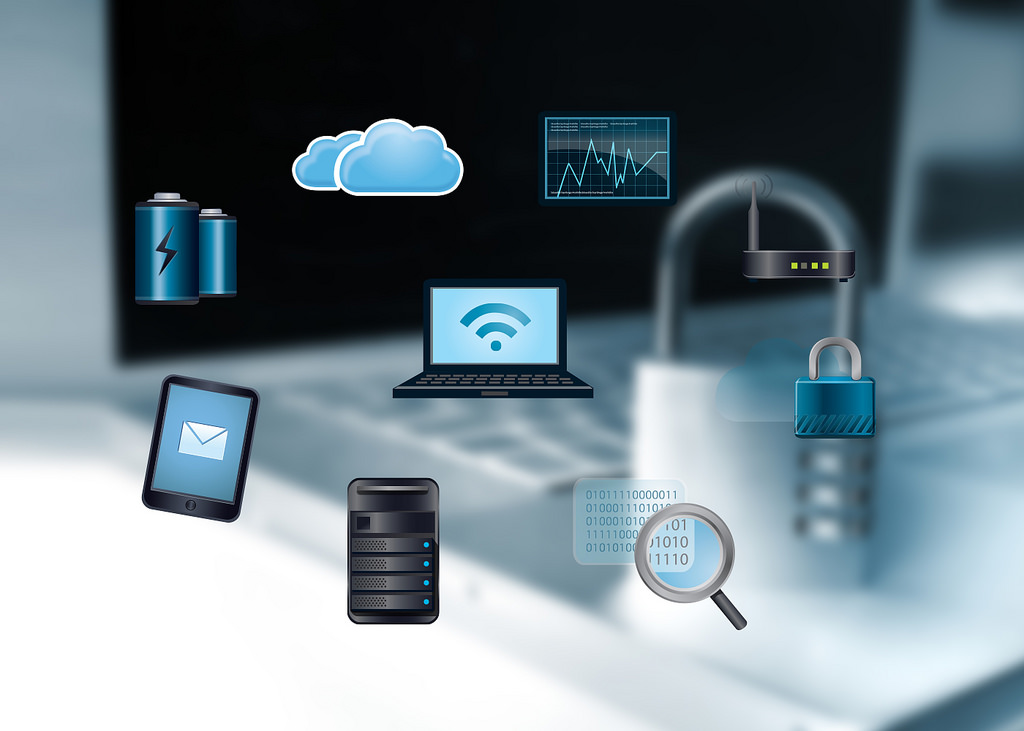
2018 Cybersecurity – Will Cyber Scams Take Over 2018?
Surfing the web was virtually impossible as multitudes of warnings flashed before our eyes. Consumers were routinely warned to be on watch for lurkers in our email inboxes, online purchases, and our social media accounts; the hot spot for solicitors to prowl for private data.
We found ourselves performing daily tasks with paranoia, such as questioning every message that came our way with a link or an attachment, and we lead ourselves to think that a solution is right around the corner.
Yet, cyber security warn us that last year’s scams were just the tip of the iceberg! 2018 has a plethora of advanced scams to look out for – robots, targeted ransomware attacks, phony news as well as deceiving vulnerable businesses into helping them carry out their dirty work.
The following is an in-depth look of what scams will be trending dangers to look out for in the upcoming year in the cyber world.
AI Attacks!
Though this may sound like a sci-fi movie, it is now possible for phishing attacks to come from Artificial Intelligence (AI).
AI now have the capability of training themselves to imitate writing styles and create contextual messages which are then sent to your contacts. As a result, many of your trusting friends will unknowingly download harmful attachments, or click on malicious links. Additionally, these sophisticated AI bots will shift their effort from public influence campaigns to financial gain by spreading malware and harmful links that will direct individuals to spam sites, phishing, and more.
Targeted Ransomware Attacks!
Ransomware is one of the most ruthless cyber attacks to exist. It can publish or lock away your data forever, unless the ransom is met. However, unlike the WannaCry virus (brought to us by the same folks at Ransomware) that aimed at a wide array of computers, this time around, it will be a more personalized attack with a heavier cost.
Last year (2017), Ransomware was responsible for 25 percent of all our cyber claims. We should expect to see an increase in targeted attacks as well as higher ransom demands in this upcoming year.
Fake News! It’s a Trap!
Nowadays, it’s hard to decipher what news stories are real and what is clickbait. Determining which media outlets can be trusted is tricky, which is all the more reason why fraudsters will use this to their advantage. Be warned, these crooks will spin stories to evoke strong emotions. Take for example, mandatory government issued protection programs or installations that are intended to help them acquire significant financial gain.
Poorly Protected Businesses Will Aid Scammers
In 2017, several cases of cyber criminals hijacking legitimate business accounts dominated newsfeeds everywhere. Suspects would email customers, under the guise of the legitimate business, all the while stealing confidential information.
Unfortunately for these unsuspecting victims, these criminals directly transferred large amounts of funds with no one blinking an eye. It is believed that this type of activity will only grow in 2018, as criminals become even more convincing. By using information retrieved through low-security social media and websites, cyber criminals can convince individuals to wire money directly into their accounts. This trend is expected to grow 10 percent and will become the number one source of financial loss.
How Do I Protect Myself?
Hope isn’t lost! There are a few tips that individuals can add to their daily routine to protect themselves from cyber security threats:
- Software Updates – Make it a habit to update anti-virus software regularly. If possible, run a scan at the end of each day.
- Web Browser Updates – Web browsers also need regular maintenance and can act as your first line of defense when browsing the web. Don’t forget to update!
- Use Trusted Email Clients – Gmail and Microsoft Outlook are a couple of trusted email clients that routinely scan and filter out dangers emails.
- Unknown Email Senders – Don’t recognize the person sending you an email? Then it’s best to not open it. Use Gmail or Outlook’s email scanner to check for malware continuing.
The better prepared you are for cyber security attacks, the less likely you will fall victim to any one of these 2018 cyber scam trends.
Don’t forget! VPLS is here to help you update your cyber security keep you well informed. For more information, visit our blog and stay current with the latest news!
